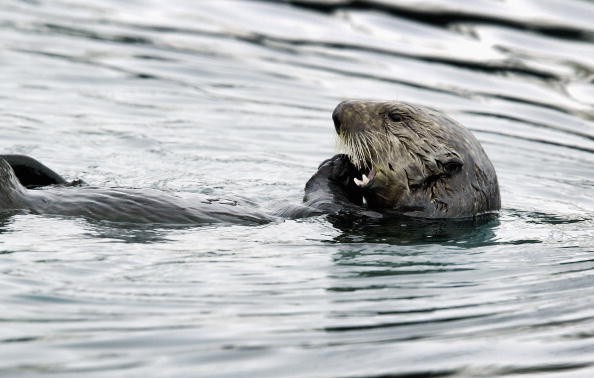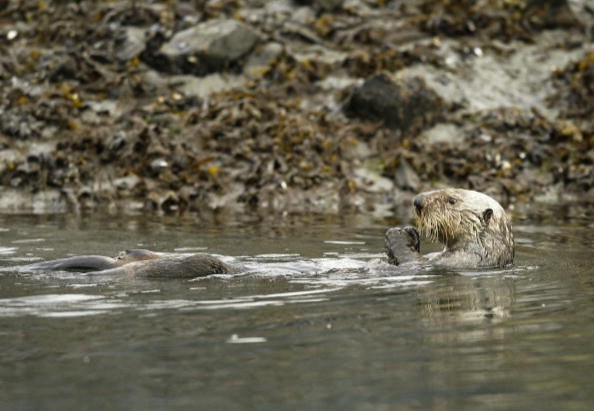Among fluffy kittens and puppies with big eyes, one of Earth's most adorable animals is frequently said to be the cuddly small otter. But don't be deceived by the holding of hands and cheek rubbing sighted in photos used for posters, memes, and throw pillows, otters are still wild animals and can be harmful.
Otters can be discovered inhabiting almost every continent on Earth and these imply otter facts are applicable to all 13 species, many of which are sadly endangered because of overhunting, pandemic viruses, and habitat destruction among certain populations of the otter.

They Display Potentially Habits of Lethal Mating Towards Otters and Other Animals
Concealed beneath those button noses and fluffy fur lies a creature with some really frightening mating habits. During mating, male otters hold onto the female and bite her nose, sometimes even hard enough that blood starts gushing out and causes deep wounds.
The act sometimes involves the male grabbing the female's head underwater and as the two turns and wriggle under the surface. Most females drown in this process.
Otters Will Resort to Acute Behaviors Just to Get Some Food
Otters have big appetites to account for the great conditions they face. They are the smallest marine mammals on earth, but they consume about a quarter of their own body mass daily and most of the energy is used just to keep their little otter bodies warm. Life becomes very difficult for female otters when nurturing young pups.
Otters Have Attacked Humans and Other Animals Similarly
Although experts say otter attacks on humans are infrequent, there are a number of recorded occurrences. Since 1875 a study discovered that there have been 39 cases of anecdote attacks on humans announced in newspapers, and four recorded in scientific.
Like many animals, if an otter or its babies feel frightened, they may become aggressive and most events occur while a person was walking or swimming close to water.
In the Amazon, Giant Otters are the Second Largest and Most Capable Predator
Giant otters average a weight of around 75 pounds but some have been noticed to be over six feet long. They eat up to 9 pounds of food in a day and their sharp teeth and powerful tail let them swim fast when they are hunting and can even confront caiman or other enormous Amazon creatures if the need arises.
Giant river otters hunt in a group of nine and hunt together, and also store food, giving them the nickname "lobos de río" or "river wolves"

Sea Otters Can Serve as Reservoirs For Influenza Viruses
In 2014, the US Geological Survey (USGS) released a study of northern sea otters living close to Washington who were discovered to have possessed H1N1 virus (swine flu) throughout a large number of their population.
The otters were examined in 2011 and none of the population showed any symptoms of the virus, but antibodies for the virus were discovered within 70 percent of 51 otters sampled.
Researchers were not certain how the otters succeeded in getting the virus, but researchers theorize it may have dispersed to otter populations during the time of the H1N1 outbreak in 2009.
Related Article : Giant Otters Used to Be Fearsome Hunters in Ancient China
For more news, updates about sea otters and similar topics don't forget to follow Nature Wold News!
© 2026 NatureWorldNews.com All rights reserved. Do not reproduce without permission.





